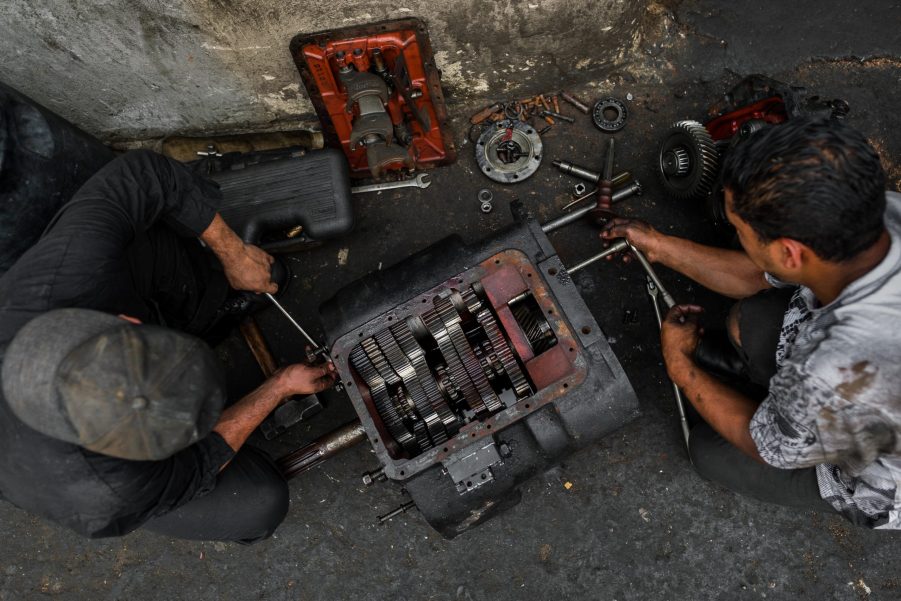
Are You Accidentally Ignoring Your Car’s Transmission Service Intervals?
A vehicle’s transmission is one of the most important and yet most underrated aspects of your vehicle’s mechanical components. Without your transmission, your vehicle would not be able to move, regardless of having a perfectly fine engine and other components. Because of this, ensuring you are servicing your transmission at intended intervals or when you notice any potential problems is a critical part of vehicle maintenance.
How often should you service your transmission?

Service intervals on most cars are relatively standard, such as how you should service your car’s oil every 3,000 miles or you should change your tires every six years. These intervals are just an average recommended by mechanics and service techs, but the actual interval can be brand-specific or even vehicle-specific and rely on several other factors. How often you should service your transmission is determined by your specific vehicle’s owner’s manual or any time you notice a potential problem with the transmission.
Signs your transmission is overdue for service
If you’ve kept up with engine maintenance but your vehicle is starting to act a little wonky, your next stop, if you’re vehicle has more than 60,000 miles, should be to consider the transmission. There are a few signs that your vehicle’s transmission is in need of service or attention, and some are more obvious than others. Signs your transmission is in need of service include:
- Your car jolts when it is shifting gears — in many modern automatic cars, you can see what gear your vehicle is in on the dashboard
- You hear a grinding noise coming from the transmission
- Your car will no longer go into certain gears, such as reverse
- You smell something burning
- Your vehicle is leaking transmission fluid
How to keep up with service intervals
Your vehicle’s owner’s manual lists all of the important information about your vehicle included detailed information on basic service intervals and what needs to be replaced or refreshed at certain mileage increments. Because owners drive different distances within a year, almost all service intervals are recommended on the basis of mileage, but some services, such as oil changes, rely on mileage or time, such as once a year or every 5,000 miles, for example. The best way to stay on top of your transmission service interval as well as other important services like oil changes and spark plugs is to be aware of your mileage intervals and double-check the owner’s manual when you are unsure.
In some modern vehicles, the service manual is no longer provided as a paper copy in the glovebox but rather a digital copy that can be accessed through the vehicle’s infotainment system. If you have purchased a car used and notice that it does not have the owner’s manual with it, you can often find a copy of these online for free or from your local dealership.


